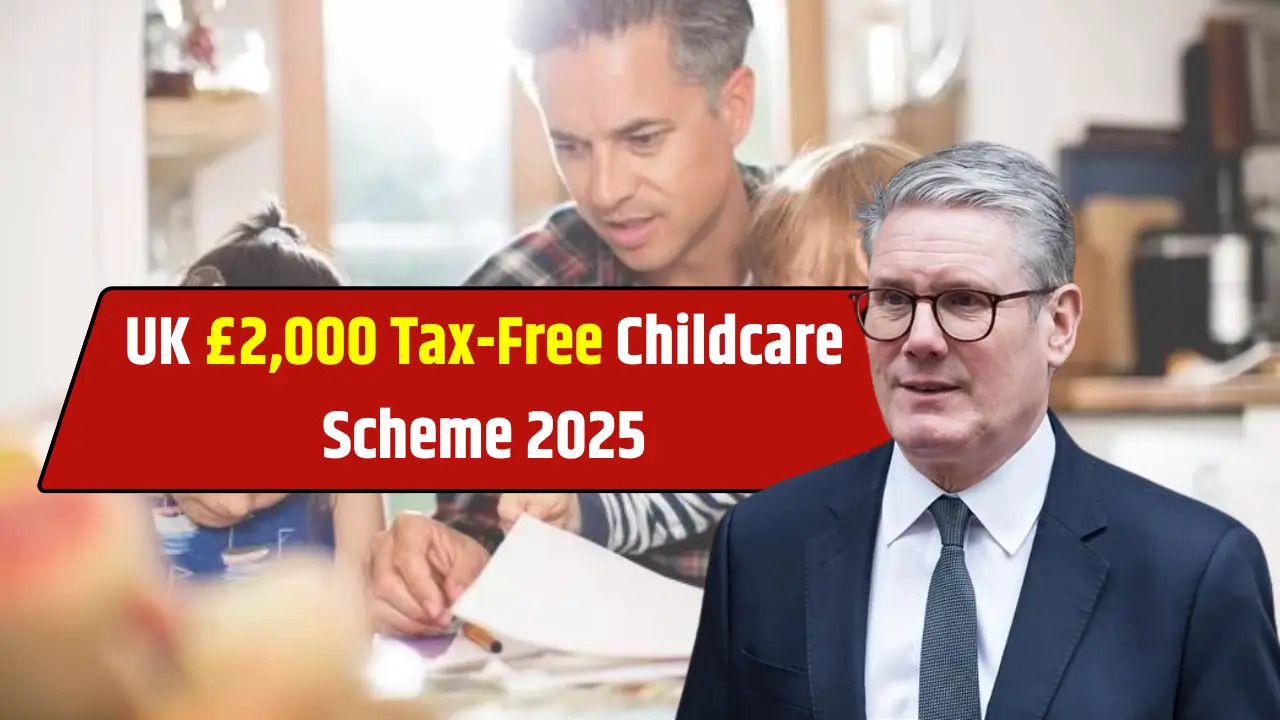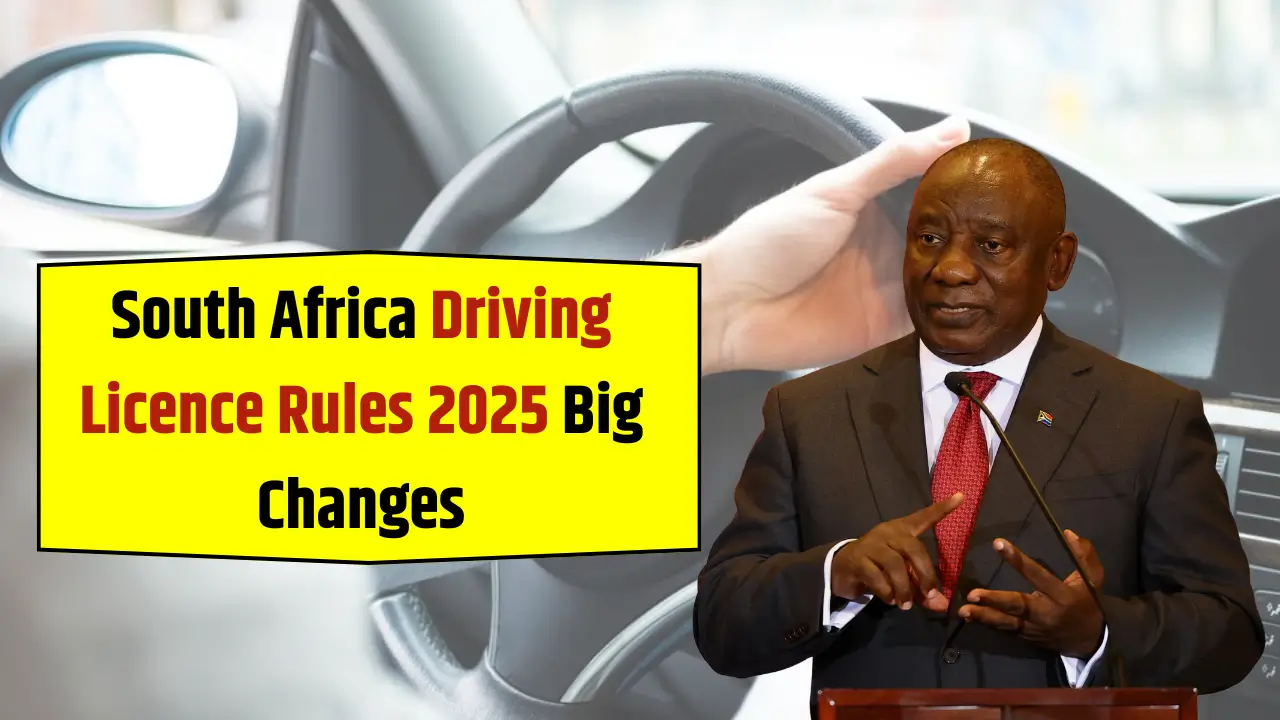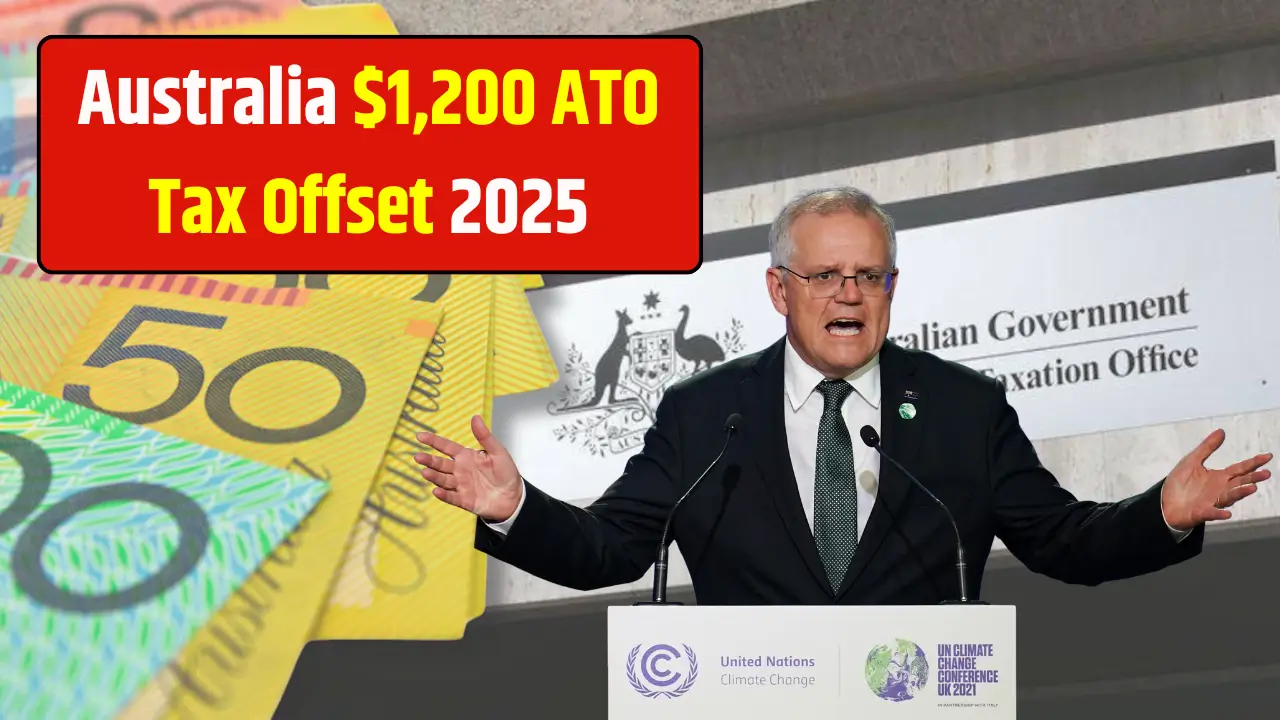£2,000 UK Tax-Free Childcare October 2025: The UK Government’s Tax-Free Childcare scheme allows parents to save up to £2,000 a year per child (and up to £4,000 for disabled children) on approved childcare costs.
Despite ongoing economic challenges and the high cost of childcare, surveys show that almost half of eligible parents still do not use this valuable scheme, missing out on thousands of pounds that could help ease family finances and encourage employment.
This article explains how the scheme works, eligibility requirements, the impact of underutilisation, and actionable steps for UK families.
How the Tax-Free Childcare Scheme Works
Under Tax-Free Childcare, parents set up an online childcare account. For every £8 paid in, the government tops up £2 — a 25% contribution — up to a maximum of £2,000 per year for each child, or £4,000 per year for disabled children.
The top-up is automatically applied and can be used to pay any Ofsted-registered childcare provider, including nurseries, childminders, after-school clubs, and certain play schemes, provided the provider is signed up for the scheme.
| Amount Parent Pays | Government Top-up | Total Available (Annual, per child) |
| £8 | £2 | £2,000 (£4,000 if disabled) |
Providers must be registered with Tax-Free Childcare. The scheme is separate from Universal Credit childcare support, so parents must choose the scheme that maximises their savings.
Eligibility Criteria for Tax-Free Childcare
To qualify for Tax-Free Childcare, parents must:
- Be working (including self-employed), or be on parental leave, sick leave, or adoption leave.
- Earn at least £2,539 every 3 months (approx. £10,158 over the year); the maximum eligibility income is £100,000 per parent, with no combined household cap.
- Have children under the age of 12 (or under 17 if disabled).
- Not be simultaneously claiming childcare support through Universal Credit.
- Use approved childcare providers; grandparents or informal care do not qualify.
The scheme is available to single parents and couples, as long as both partners meet the working and earnings criteria.
Why Are So Many Parents Not Claiming the Tax-Free Childcare Benefit?
Despite its generous structure, nearly half of eligible UK parents aren’t accessing this support. Reasons include:
- Lack of awareness: Many families are unsure about eligibility or how to apply.
- Complexity and confusion: Misunderstandings about the relationship with Universal Credit or employer-supported childcare vouchers.
- Provider participation: Some parents’ chosen childcare providers may not be registered, so they cannot benefit.
- Perceived hassle: Concern about setting up and managing online accounts.
As a result, families could be missing out on £2,000 per child every year, with substantial financial impact.
How Tax-Free Childcare Fits with Other Government Support
Parents may pair Tax-Free Childcare with other schemes:
| Scheme Name | Benefit | Eligibility Highlights |
| Tax-Free Childcare | £2,000/year per child (up to age 12) | Working parents earning up to £100,000 each |
| 30 Hours Free Childcare | 30 hours/week for ages 9 months–school (England) | Parents working min. 16 hrs/week; income limits apply |
| Universal Credit Childcare | 85% childcare costs covered | Low-income families claiming UC |
| Employer-Supported Vouchers | Varies, closed to new applicants | Existing scheme users only |
Parents must choose between Universal Credit childcare and Tax-Free Childcare, but can combine Tax-Free Childcare with the 30 hours free scheme if eligible.
The High Cost of Childcare in the UK
Childcare costs in the UK remain among the highest worldwide:
- Average full-time nursery (England, 2025): £12,425 per year per child.
- Wales: Highest average, £15,038 for under-twos.
The £2,000 Tax-Free Childcare offset thus makes a meaningful difference, but parents must claim proactively to benefit.
How to Apply for Tax-Free Childcare
The application process is simple and digital:
- Visit the official government portal for Tax-Free Childcare.
- Set up an online account for each eligible child.
- Pay money in, and the government top-up is applied instantly.
- Use funds to pay registered childcare providers directly.
Each account can be managed online, and there is a new eligibility checker available to help parents navigate the process.
Table: Comparison of Childcare Support Schemes
| Scheme | Max Yearly Benefit per Child | Age Limit | Income Threshold | Can Combine With Tax-Free Childcare? |
| Tax-Free Childcare | £2,000 (£4,000 disabled) | Under 12 (17 if disabled) | £100,000 per parent | Yes (except Universal Credit) |
| 30 Hours Free Childcare | Up to £7,500 | 9 months–school | £10,158–£100,000 | Yes |
| Universal Credit | 85% of costs (limit applies) | Under 16 | Income-tested | No |
| Childcare Vouchers (legacy) | Varies | Various | Closed to new cases | Yes |
Conclusion: Maximising Childcare Savings
The UK Tax-Free Childcare scheme offers a valuable £2,000 per child, per year to help parents cover rising childcare costs, yet uptake remains stubbornly low.
Increased awareness and clearer guidance could help hundreds of thousands of families make practical savings while supporting their return to employment.
With expanding government support — including 30 hours free childcare for younger children, higher annual childcare savings are possible for eligible UK households in 2025. Checking eligibility and signing up promptly ensures families access essential savings they are entitled to.
FAQs
Q1: How much can UK parents save with Tax-Free Childcare?
Parents can save up to £2,000 per child per year (or £4,000 for a disabled child) on approved childcare costs.
Q2: Who qualifies for the Tax-Free Childcare scheme?
Working parents (including self-employed) each earning up to £100,000 annually, with children under 12 (or 17 if disabled), and not on Universal Credit childcare support.
Q3: Can Tax-Free Childcare be combined with other childcare support?
Yes, it can be used with the 30 hours free childcare scheme for working families, but not with Universal Credit childcare support.
Q4: Why are half of eligible UK parents not using the Tax-Free scheme?
Main reasons include lack of awareness, confusion over eligibility, provider non-participation, and perceived administrative hassle.
Q5: How do parents apply for Tax-Free Childcare?
Register online for an account, pay in funds, and the government adds a 25% top-up for eligible payments to registered providers.















